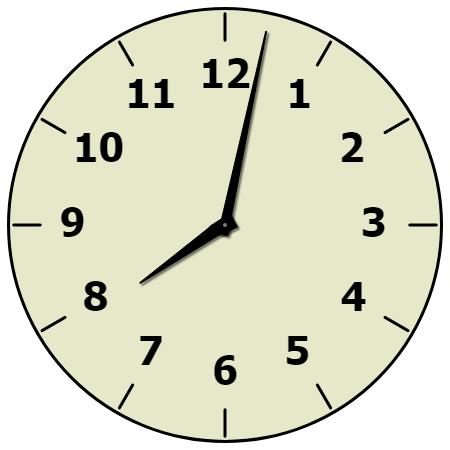
NavList:
A Community Devoted to the Preservation and Practice of Celestial Navigation and Other Methods of Traditional Wayfinding
From: Frank A
Date: 2022 Dec 23, 19:10 -0800
Frank A:
IGNORE the vernier scale on the micrometer on your Davis sextant. Take a piece of black tape and cover up everything but the top line (see below). You don't need the vernier scale at all, and it is almost certainly included on this sextant and arguably every other sextant mostly for marketing. Would-be celestial navigators tend to buy sextants before they know much about the subject, and it's natural to want one with "all the bells and whistles... and verniers".
Some reasons you can ignore the scale:
- You can read the instrument to maximum accuracy without the scale. Just eyeball it and estimate. Where does the primary indicator align with the individual minute of arc lines on the micrometer. About 0.6? That's as good as you can get with a vernier.
- Some of the world's best metal sextants --made by C.Plath in the 1950s-- did not have verniers for the micrometer.
- You don't need tenths of minutes of arc for standard celestial navigation (fixes by altitudes of celestial bodies) because the system limit of celestial is about a minute of arc. The horizon is uncertain on a scale of half a minute or more, and that can't be fixed by measuring it with greater precision.
- Plastic sextants have significantly reduced accuracy in any case. From a Davis Mk 15 or 25 or similar, you should expect accuracy of about +/-2 minutes of arc on good days and often worse. Chasing tenths with a plastic sextant is simply pointless.
I suggested above that you could cover up the vernier except for the top line and read the minutes of arc from there. You could also cover up the vernier leaving only the bottom line visible and read the minutes of arc from that line. The sextant would be just as accurate either way, but with a different index error if you use a different baseline. You should expect a distinct index error on nearly every sight with a plastic sextant so this just doesn't matter. Pick a line, any line. Stick with that as your base pointer. The top line is the obvious choice since it's a longer line, but it's not a necessity.
The easiest mistake that one can make reading a sextant when it's new to you, or if you've been away from sextants long enough, is getting the minute wrong by incorrectly combining the main scale reading with the micrometer reading. The problem here is that new navigators sometimes read the main scale first, by looking for the nearest degree pointed to by the indicator on the index arm. But that will get you into trouble, and it's actually a problem that we all learned to deal with when we first learned to tell time by the hands of a clock.
We when we read analog clocks, we combine the positions that we see of the hour and minute hands. And it's non-trivial, but we all learned this so long that we don't even think about it. But the hour hand can fool you! Just because the hour hand on a clock is pointed more or less at, let's say, the 8 on the dial, does not mean that the time is "eight something". You have to look at the minutes, too. If the minutes on a clock are in the 50s, then we haven't quite reached the top of the hour. Even if the hour hand appears to be pointing a little above the 8 on the dial (as in the first image below), we still know to read it as 7:53. Similarly, if the hour hand is a little lagging, a bit "heavy", we know that we're past the top of the hour if the minutes are past the top and we read that clock as 8:02 (second image below).
This clock-reading skill is exactly analogous to reading degrees and minutes on a sextant. Look at the minutes on the micrometer first. If they're in the 50s, then we're approaching the next degree. If they're in the single digits, then we're just above that degree. When you then look at the degree indicator and see where it's pointing on the main scale, you won't be fooled if it's a little misaligned. Just like reading the hands of an analog clock. And reading a sextant very quickly becomes as trivial as reading a clock!
Frank Reed








